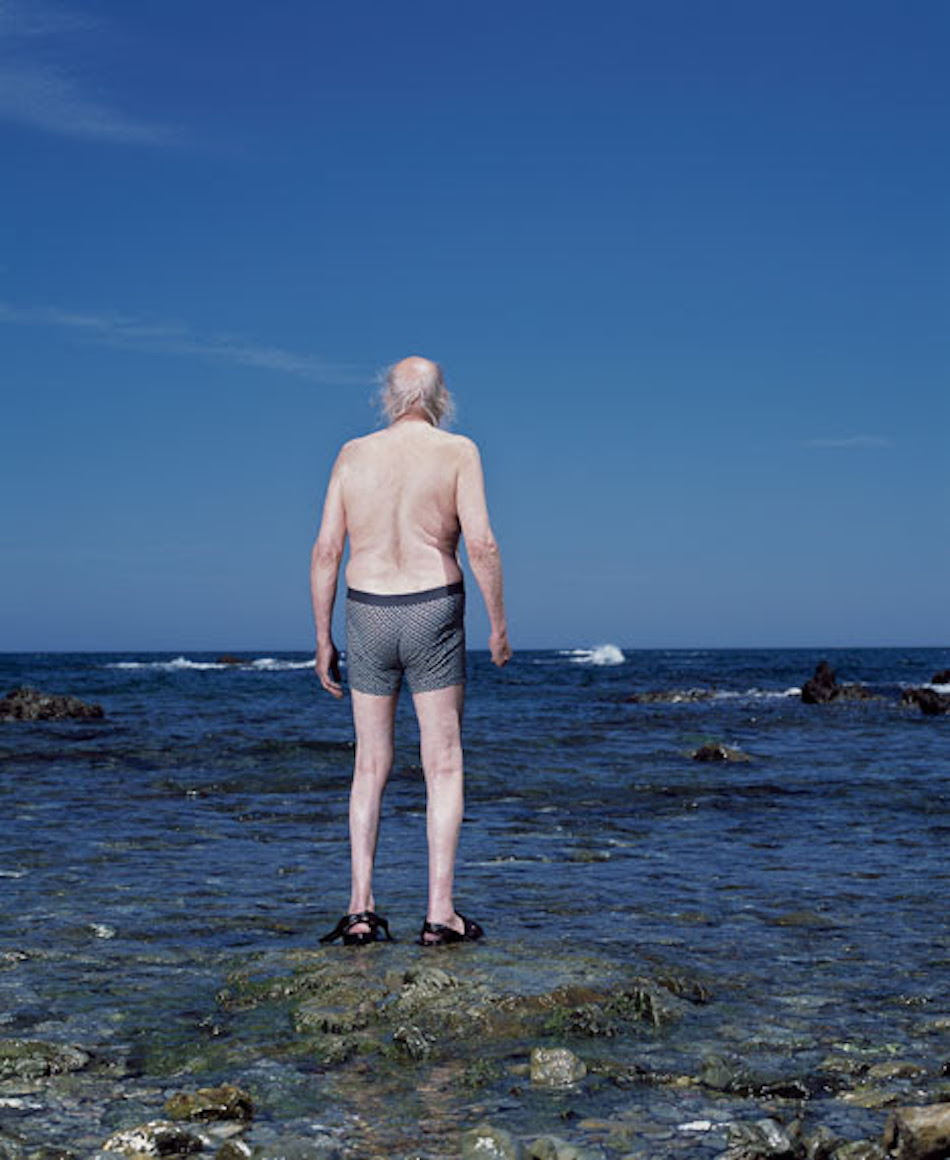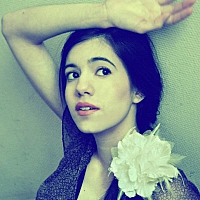
© Hanne van der Woude
Expositions du 3/5/2016 au 18/6/2016 Terminé
Van der Mieden Gallery Mechelseplein 10 2000 Antwerp Belgique
"Can you turn off the lights? Or are you too lazy?" An elderly lady appears from behind stacks of boxes filled with old paper. Her entangled hair sticks out in every direction, she wears three aprons which she has knotted on top of one another and smiles with a teasing look in her eyes. Photographer Hanne van der Woude looks up, staggered. After having shot test portraits of the retired graphic artist Ben in his impressive home, a previous school building in de Betuwe, he encouraged her to go on a little exploration tour. Now, in one of the attics, she stood opposite to his spouse and was thunderstruck. Who is this woman, she thought, with her excentric physiology and unaffected, frank way of approach her surroundings? She urges to unravel her, come closer to her, catch her in an image.Van der Mieden Gallery Mechelseplein 10 2000 Antwerp Belgique
.jpg)
© Hanne van der Woude
It appeared to be artist Emmy Eerdmans (1931), and the "unraveling"-part turned out not to be all that easy. Hanne decided to submerge herself in the exceptional atmosphere that she had felt during that first, unusual encounter with Emmy, and quickly became one of the family. For the duration of six years, she documented the daily existence of Emmy and Ben, a shared creative life in which personal freedom predominates and societal expectations come in second. Hanne gladly let herself be absorbed by this surreal and playful household, so different than her own, while she tried to get a hold on her dynamic characters. Ben worked in his atelier or roamed about in the garden in between the mile-high hogweed and untamed berry bushes: Emmy spent her days drawing or painting (she even made a few portraits of Hanne), collecting various materials "which may come in handy, some day" or caressing her favorite guineafowl, Klara. Especially Emmy, with her nonchalant and sober appearance, never sat still for too long and flowed from one actvity to another, streamed from one mood to another. And so they spent days messing in each others company, easygoing and secure, mental miles away from the pressurizing society.
When Ben decided to visit his older brother Egbert, there was a seat on the van for Hanne as well. Together they drove 1500 kilometers to the most Southern point of France, where Egbert lived in a shabby shack, deprived from electricity and water, on a deserted mountain top. After a colorful career, in which he was a sailor, a sculptor and a bronze smith, his hunger for freedom drove him further away from the world as most people know it. A third brother, Herman, joined the company: care free, cheerful times followed, filled with rainwater showers, communal hiking tours and sleepovers in a wobbly, corroded school bus. Six months passed, when all of a sudden Egbert, unannounced and visibly weak, ringed Ben and Emmy’s door bell- obviously they welcomed him with open arms. He appeared to be suffering from a throat tumor and was incurably ill. He spent his last money on a train ticket to Holland, as if he knew what was ahead of him. Up to his death he was taken care of in the midst of his family. Emmy was forced to continue giving care: not much later Ben was diagnosed with disseminated cancer too, and saying goodbye, once again, was inevitable. Hanne, her camera included, became part of a rather private intimacy, one that, in her interpretation, echoes a life long companionship and timeless affection. Dark moments are accompanied by sadness as much as they are by hope: they are both difficult, and beautiful.

© Hanne van der Woude
"Emmy’s World" is Hanne’s hommage to her female protagonist, and even more to the idiosyncratic position that she dares to take. By making use of the analogue photo-technique, known to be time-consuming and physically heavy, the photographer pushed herself into the greatest possible mode of concentration and confined herself to a highly conscious, mindful way of taking pictures, which she saw as fitting the purposeful slowness she noticed at Ben and Emmy’s. By means of her holistic approach, Hanne became part of exactly that which she was trying to capture. The images, then, are satiated with feelings, her feelings, and flirt, despite of their undirected nature, with a fairytale-like atmosphere. So, in the end, whilst taking her initial goal in consideration, did Hanne actually manage to "catch" Emmy? Hanne smiles, having to answer this question: Emmy remains intangible, even after those six years. But perhaps that explains the magic, which stays.


